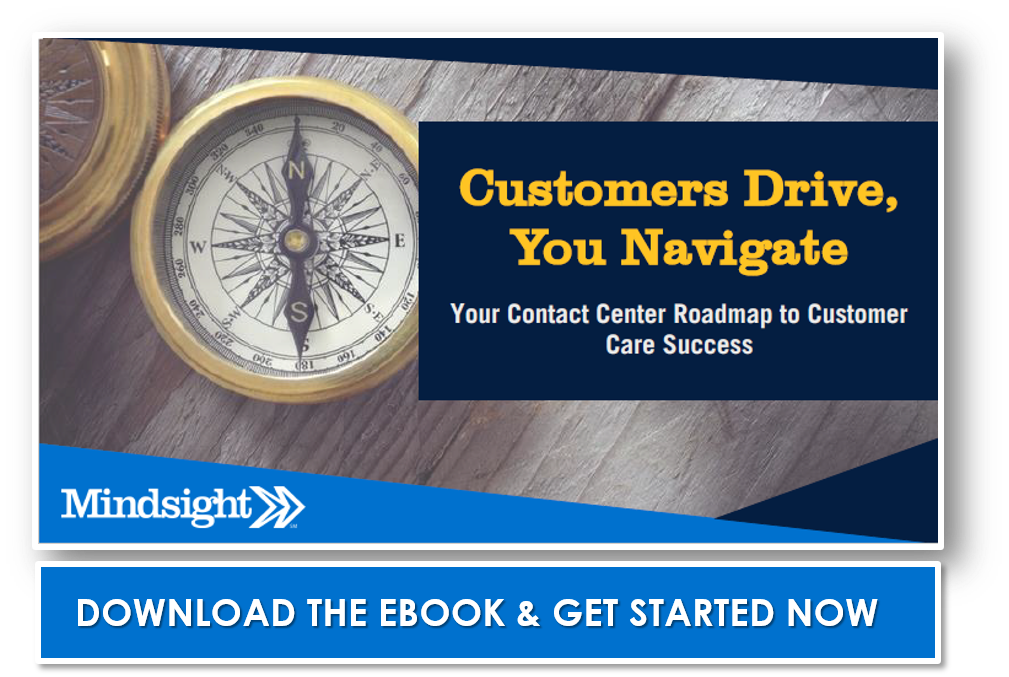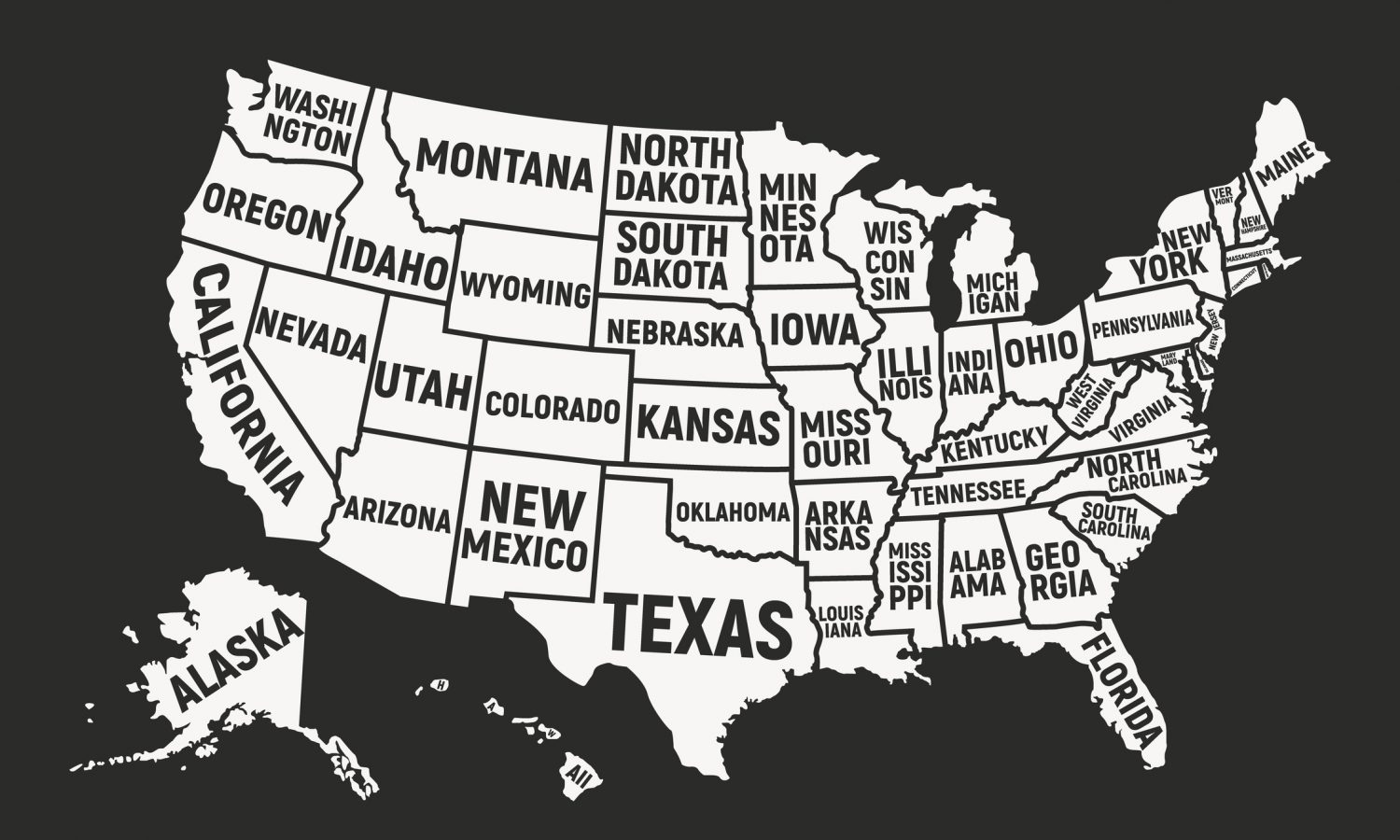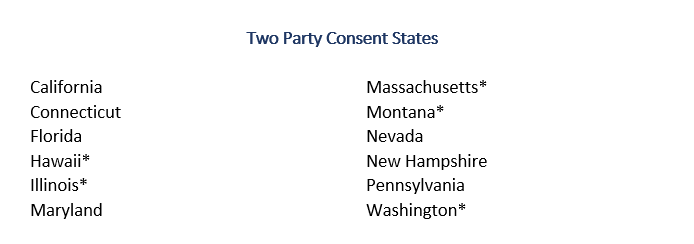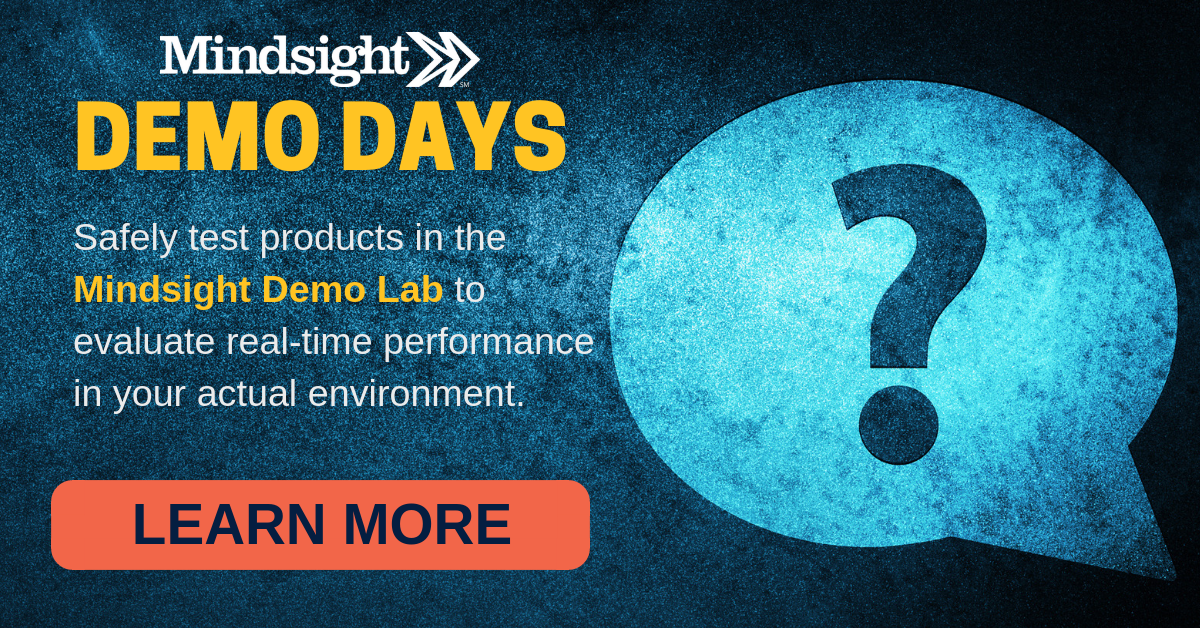October 2, 2018 by Siobhan Climer
This post was recently updated to show changes in state legislation regarding call recording.
“This call may be monitored or recorded for quality assurance and training purposes.”
We’ve all heard the recording when calling in to speak to a customer service representative (CSR) about auto insurance, medical bills, student loans, or manufacturer complaints, but what do those words really mean?
Contact centers rely on the metrics and data gathered from their various channels to improve customer service and build an ironclad customer experience strategy, so recording calls makes sense. Plus, recorded calls provide support in training, legal response, and product or service improvement. But is there a legal risk to recording calls?
Use our free ebook to learn more about developing a strategic contact center that includes call recordings.
A State-By-State Game
This question is even more difficult to answer in the U.S., where the laws vary across state lines. For contact centers operating in multiple states, or in a different state than headquarters, this can be a headache-and-a-half for the legal team. It also depends on where your customers are calling from; if your contact center fields calls from all fifty states, then your call recording needs to align with the most restrictive state laws on the books.
Those laws have teeth, too. California, which has some of the strictest laws in the U.S., has already prosecuted several large companies for failure to adequately alert callers to call recordings.
In 2016, Wells Fargo Bank was subject to an $8.5 million-dollar settlement with the state attorney general for failing to provide call recording announcements to California customers. Nor is Wells Fargo alone; Capital One, Bass Pro Outdoor, and the Cosmopolitan Hotel have faced similar class action lawsuits. Who knew that hearing “this call may be monitored or recorded” would be so important?
The One- Or Two-Party Problem, Notice, And Consent
States in the U.S. fall into two categories: two-party consent states or single-party consent states.
There are 38 single-party consent states, which require the consent of only one party in the call. Several high-profile cases have set precedent in states across the U.S., including People v. Clark, a 2014 Illinois Supreme Court decision, and Kearney v. Solomon Smith Barney Inc., a 2006 California Supreme Court decision.
Two-party consent, which is considered more restrictive, accounts for the remaining 12 states, though even here the lines are blurred. For example, in Hawaii, two-party consent is only required if the recording device is installed in a private location. Massachusetts bans “secret recordings” and is the only state with no public location exception. Illinois requires two-party consent for phone recordings, but not for private electronic communications.
See? It gets messy.
Notice and consent are, generally, a bit more straightforward. Notice consists of that recording you hear when you call into a contact center – “this call may be monitored or recorded”. Consent in call recordings typically refers to implied consent. In the contact center, if the IVR or CSR provides notice and the caller continues the conversation, they have implied their consent to recording.
Monitoring Vs. Recording
“This call may be monitored or recorded for quality assurance and training purposes.”
Why monitored or recorded? The difference is actually quite important.
While recording is straightforward, monitoring refers to some of the specific functions in which contact center trainers and management engage. Those familiar with the contact center are likely aware of listen, whisper, and barge.
 Listen is when a manager passively hears – eavesdrops, essentially – the conversation between a CSR and caller. Whisper is when a manager listens to a conversation with the additional option to provide feedback to the CSR that the caller cannot hear. Barge, on the other hand, is how a manager might join in to the call to support the CSR in delivering customer service.
Listen is when a manager passively hears – eavesdrops, essentially – the conversation between a CSR and caller. Whisper is when a manager listens to a conversation with the additional option to provide feedback to the CSR that the caller cannot hear. Barge, on the other hand, is how a manager might join in to the call to support the CSR in delivering customer service.
The word ‘monitoring’ covers these different functions. If the platform you use allows for listen, whisper, and barge functions – or if a manager picks up a silent receiver to listen in without the assistance of a contact center platform – then you must provide notice immediately to callers that you are engaged in monitoring.
Find a contact center platform that provides these features to your CSRs. Test a solution in our Demo Lab with the guidance of our contact center experts. Learn more here.
Compliance Issues With Call Recording
Contact centers understand the importance of compliance. Almost every industry – from healthcare to finance to retail – knows that protecting patient, consumer, or customer data is essential. PCI and PHI compliance apply to call recordings. If customers share their credit card information to purchase an item or pay a bill, the recording functions of the contact center must adequately protect PCI. The same is true if customers are sharing PHI with a nurse or health insurance company. To find out more about call recordings and PCI/PHI compliance, read more here.
This Call May Be Monitored Or Recorded – Legal Or Not?
Contact centers can legally record and monitor phone calls with customers in every state across the U.S., so long as appropriate notice is given and the most restrictive laws of your callers are taken into account. It may not be easy, but it is possible.
Recording calls is important, and businesses with strategic call recording plans provide better service, better training, better analytics, and, in the end, a better customer journey for callers. While it may be a difficult undertaking, it is worth the effort.
Learn more about how you can easily comply with regulations around call recording and monitoring with Mindsight’s free whiteboard sessions. Our contact center experts will work with you to learn more about your environment and goals, answer any questions you have around contact center recording solutions, and help you deliver a superior customer experience.
Like what you read?
Contact us today to find out how you can employ strategic call recording in the contact center.
About Mindsight
Mindsight, a Chicago IT consultancy and services provider, offers thoughtfully-crafted and thoroughly-vetted perspectives to our clients’ toughest technology challenges. Our recommendations come from our experienced and talented team of highly certified engineers and are based on a solid understanding of our clients’ unique business and technology challenges.
About The Author
Siobhan Climer, Science and Technology Writer for Mindsight, writes about technology trends in education, healthcare, and business. She previously taught STEM programs in elementary classrooms and museums, and writes extensively about cybersecurity, disaster recovery, cloud services, backups, data storage, network infrastructure, and the contact center. When she’s not writing tech, she’s writing fantasy, gardening, and exploring the world with her twin two-year old daughters. Find her on twitter @techtalksio.






